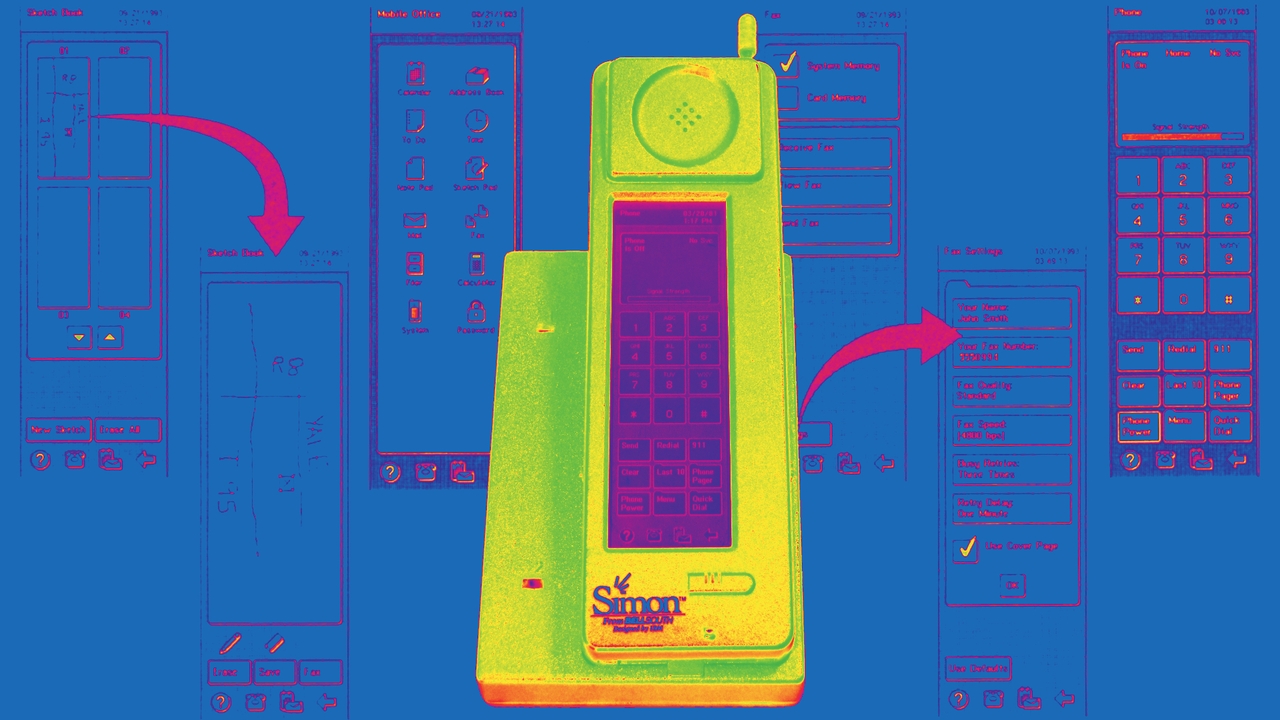Smartphones allow us to stay connected, access information and perform a wide range of tasks with just a few taps on the screen. However, have you ever wondered about the history of smartphones? What was the first smartphone ever made? This honor belongs to IBM Simon.
The birth of IBM Simon
The IBM Simon, introduced in 1994, was the first smartphone to hit the market. It was a revolutionary device that combined the functionalities of a mobile phone and a personal digital assistant (PDA). Developed by International Business Machines (IBM), the Simon was truly ahead of its time.
With an elegant design, the IBM Simon had a touch screen, which was a novel concept at that time. It ran the IBM Simon operating system and offered a variety of features that were innovative for that time.
Features and capabilities
The IBM Simon came with a multitude of features that were considered cutting-edge at the time of its release. Its functionality went beyond the basic calling capabilities provided by traditional cell phones. Some of the key features included:
1. Touch screen
The Simon had a 4.5-inch monochrome LCD display with touch sensitivity and a resolution of 160×293 pixels. This allowed users to interact directly with the device, giving them a new level of control and convenience.
2. Messaging and email
The IBM Simon supported email and fax capabilities, allowing users to send and receive digital messages on the go. Although their capabilities were limited by today's standards, they laid the foundation for future advances in mobile communications.
3. Contact management
With Simon, users could store and manage their contacts digitally. This made it easy to keep track of important information, such as phone numbers and addresses, on a single device.
4. Calendar and notepad
It also had a built-in calendar and notepad, allowing users to organize their schedules and quickly take notes on the go. This was especially useful for busy professionals who needed to be organized and efficient.
5. Integrated applications
The IBM Simon came preloaded with a variety of built-in applications, such as a calculator, a world clock, and a rudimentary version of a web browser. These applications expanded the capabilities of the device and made it more versatile.
The legacy of IBM Simon
Although the IBM Simon was not a commercial success and had limited availability, laid the foundation for the future development of smartphones. It marked the beginning of the smartphones we use today.
Several key innovations introduced by the IBM Simon have become essential components of smartphones:
1. Touch screen technology
The touch screen on the IBM Simon was a fundamental advance. Today, touch screens are a standard feature on all smartphones, allowing for intuitive and seamless user interaction.
2. Mobile applications
The inclusion of built-in apps marked the beginning of the app ecosystem on smartphones. Today, there are millions of apps available for various purposes, from communication and productivity to entertainment and gaming.
3. Wireless connectivity
The IBM Simon was one of the first devices to offer wireless connectivity, allowing users to connect to the Internet and access data remotely. This paved the way for the widespread adoption of mobile internet and wireless networks.
4. Integration of personal information
By combining the functionalities of a telephone and a PDA, the IBM Simon introduced the concept of integrating personal information into a single device. This concept has evolved since then, and today's smartphones serve as a hub for communication, entertainment, productivity, and more.
The IBM Simon was truly a game changer in the world of mobile technology. Although his commercial success was limited, his legacy remains strong. The features and functionalities introduced by the IBM Simon laid the foundation for the development of modern smartphones. It marked the beginning of a new era that revolutionized the way we communicate, access information and carry out various tasks in our daily lives.

